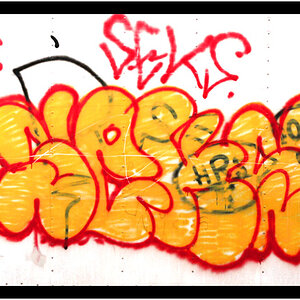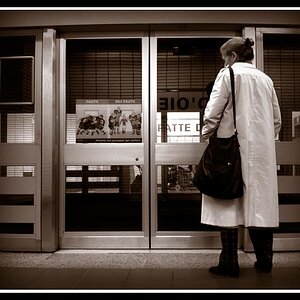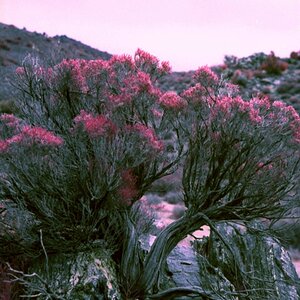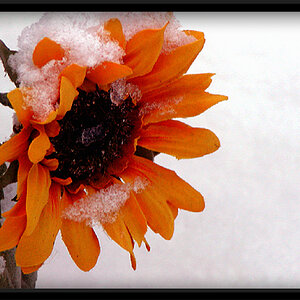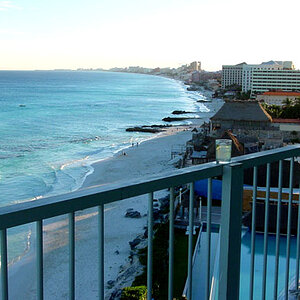stewart.a
TPF Noob!
- Joined
- Jul 24, 2008
- Messages
- 3
- Reaction score
- 0
- Location
- On a boat cruising British Columbia
- Can others edit my Photos
- Photos OK to edit
Hi Guys,
New here, but looks like a ton of resources and help available.
So, I have been taking photos for many years on the old point and shoot jobby, and my boss just got me a Sony a700 to take shots of places we go in British Columbia. Awesome I thought. During thelast few weeks, I have been learning (well trying) what all the different options are, ut I just can't get it right. If I leave everything automatic as the dial says (like Auto mode, or Landscape mode) I generally find I am not capturing enough light. Everything looks dark and grey, not like what I would see on the day.
I am taking photos from a boat. The shots I am having trouble with are those that have water, close landscape, and landscape in the distance. Everything seems very very hazy. Below is a classic of what I can't figure out how to fix.
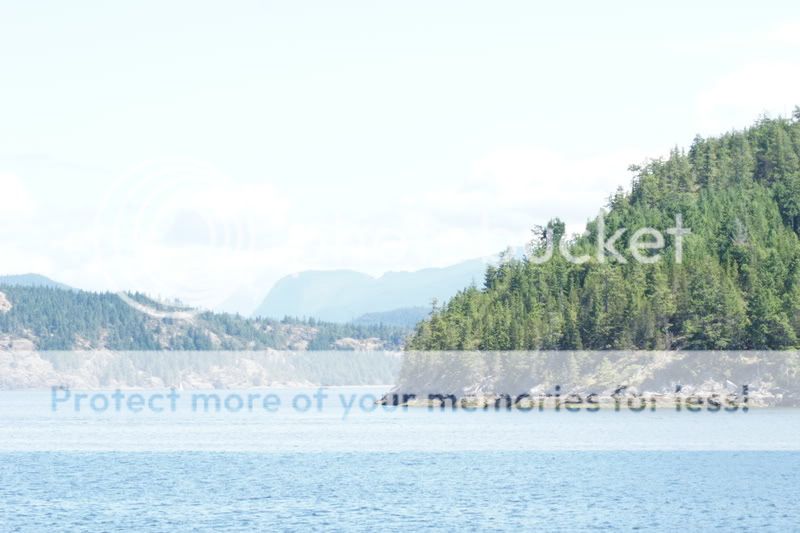
This is using: ss: 1/250, F11, ISO400, exp: +1
The same settings up close:
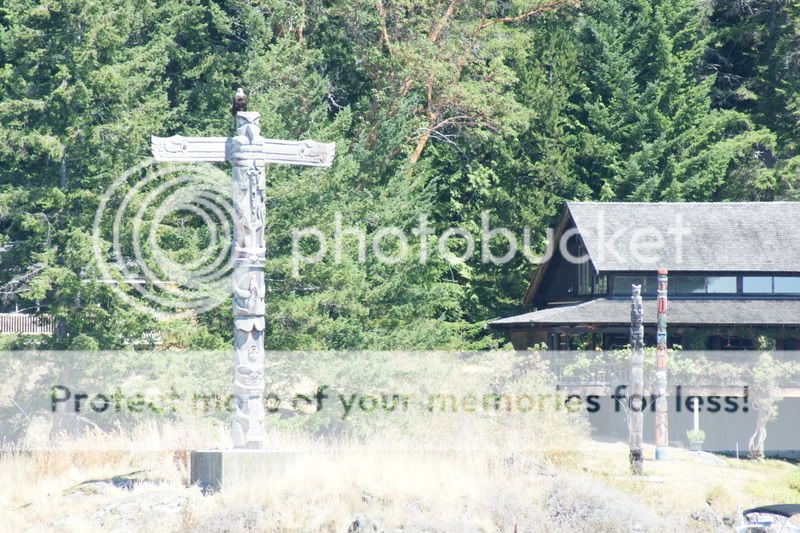
Help???
I am going to be spending a bit of time at this forum I think!
Thanks,
Stew
New here, but looks like a ton of resources and help available.
So, I have been taking photos for many years on the old point and shoot jobby, and my boss just got me a Sony a700 to take shots of places we go in British Columbia. Awesome I thought. During thelast few weeks, I have been learning (well trying) what all the different options are, ut I just can't get it right. If I leave everything automatic as the dial says (like Auto mode, or Landscape mode) I generally find I am not capturing enough light. Everything looks dark and grey, not like what I would see on the day.
I am taking photos from a boat. The shots I am having trouble with are those that have water, close landscape, and landscape in the distance. Everything seems very very hazy. Below is a classic of what I can't figure out how to fix.

This is using: ss: 1/250, F11, ISO400, exp: +1
The same settings up close:

Help???
I am going to be spending a bit of time at this forum I think!
Thanks,
Stew


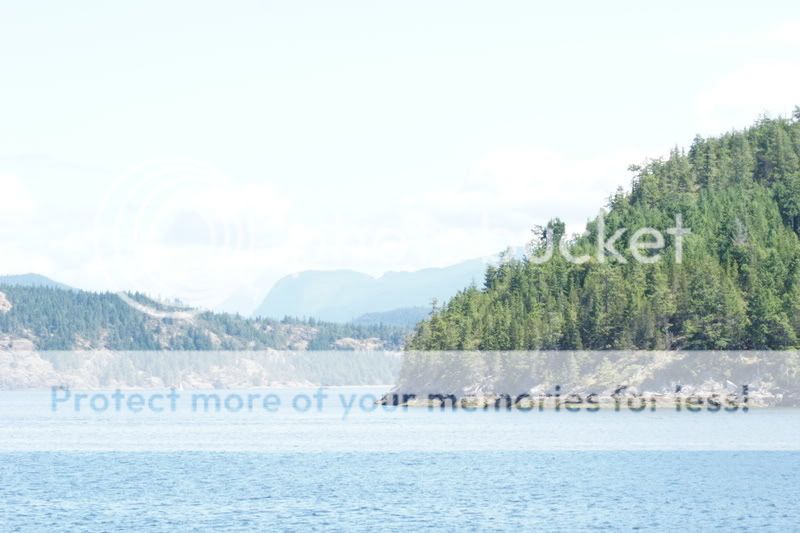

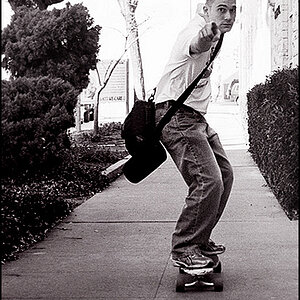


![[No title]](/data/xfmg/thumbnail/30/30990-df3df397f705643bc2c207cc9d579d08.jpg?1619734554)
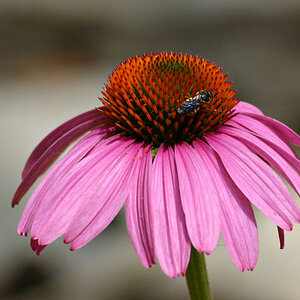
![[No title]](/data/xfmg/thumbnail/37/37491-9a5a4b87cc7adab94e5cc59f2da93701.jpg?1619738112)
